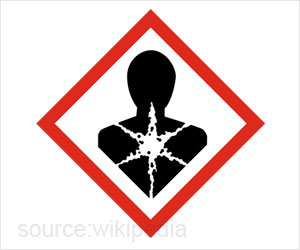The authors used their device to continuously monitor ethanol vapour released through the ears of three male volunteers, who had consumed alcohol with a concentration of 0.4 g per kg body weight, for 140 minutes. The ethanol concentrations of the volunteers’ breath were also measured at regular intervals using an additional ethanol vapour sensor and a device containing reagents that change colour when exposed to ethanol.
‘Ethanol concentrations in the breath and blood are correlated, this indicates that the device could be used instead of a breathalyser to estimate blood alcohol levels.’
The authors observed that changes in the concentration of ethanol released through the ears and breath were similar over time for all volunteers.
The average highest concentration of ethanol released through the ears was found to be 148 parts per billion, double the concentration previously reported to be released through the skin of the hand. Previous devices have used the hand to measure blood alcohol levels as a less invasive alternative to breath, as these devices do not require a tube to be inserted into the mouth. The findings suggest that the ears may be a more suitable location for this.
The authors propose that the device could be used to measure other gases released through the skin, for example in disease screening.
Source: Eurekalert



